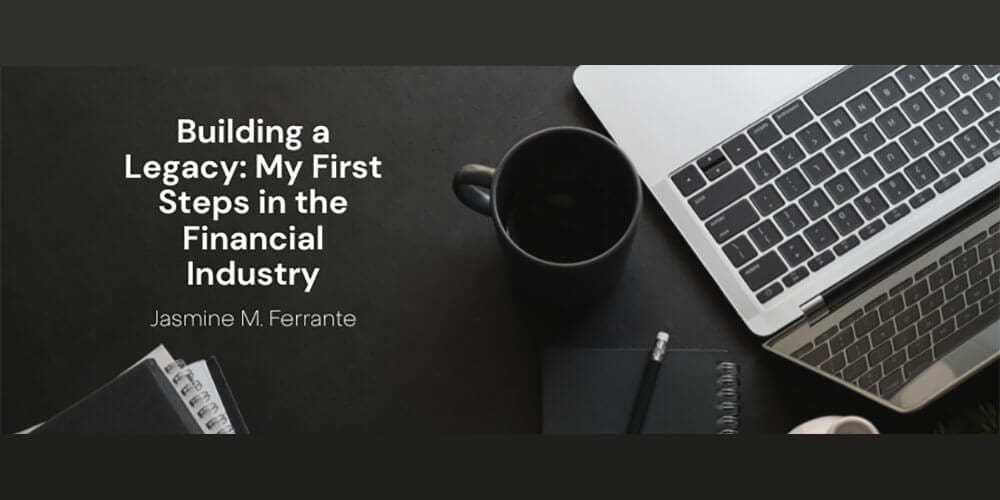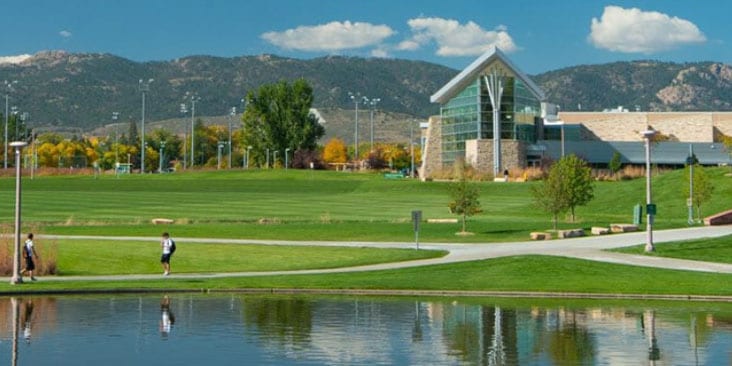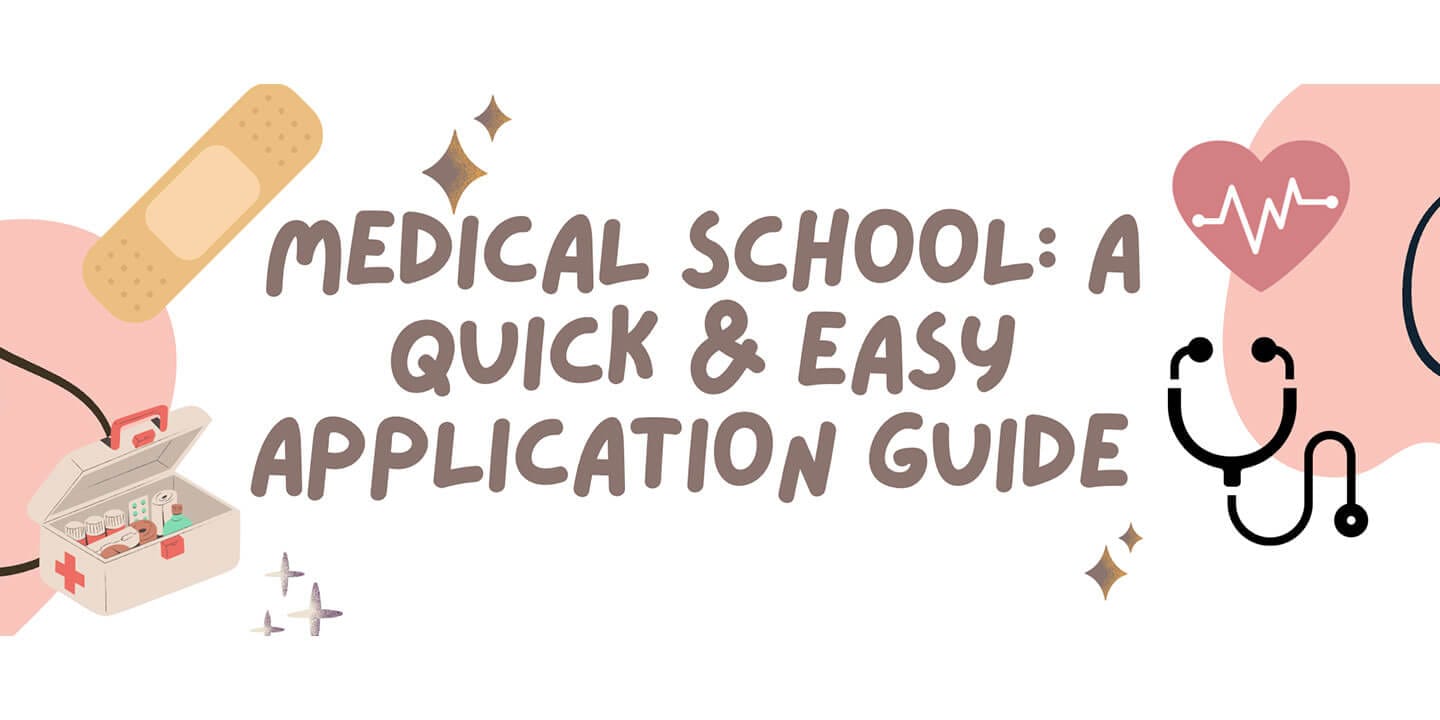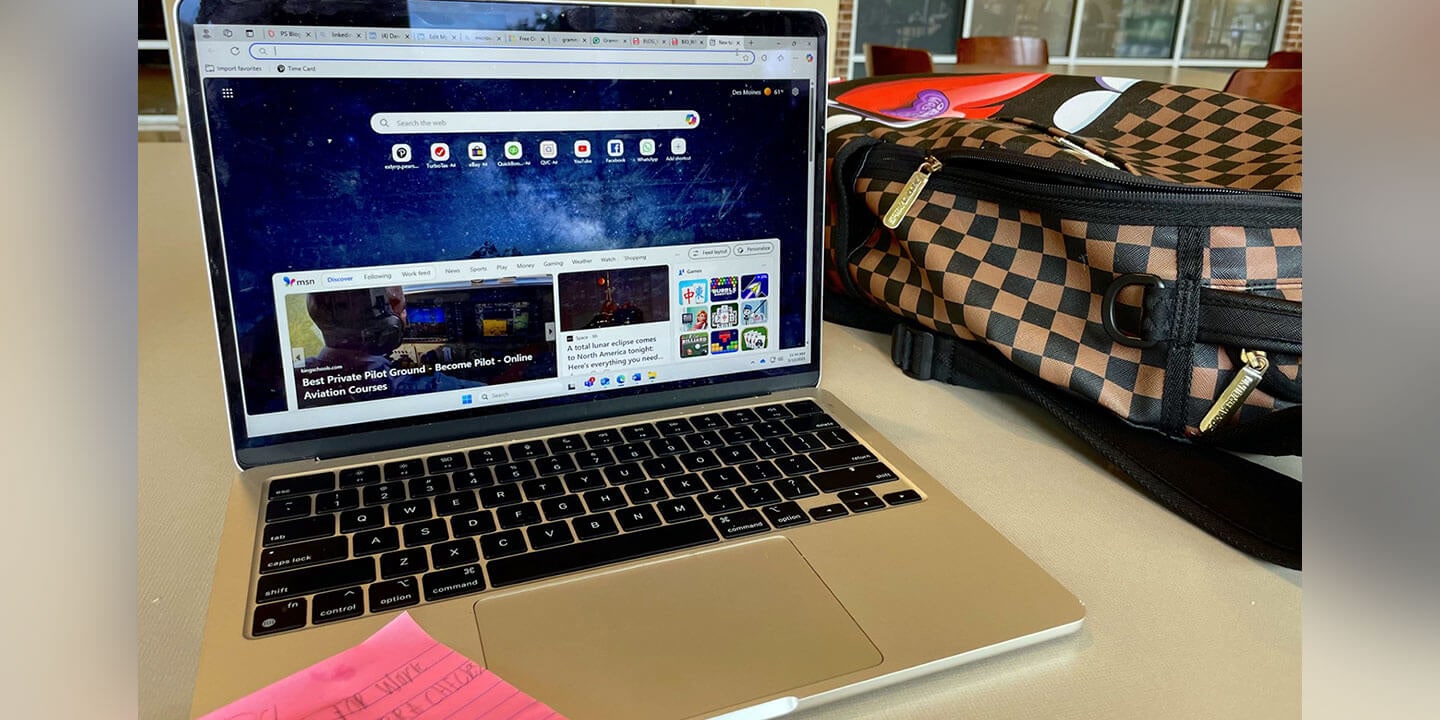
Women in Engineering: Why I Chose an Engineering Major

My experience with biomedical engineering began in 8th grade as a 13-year-old diagnosed with a rare condition called Miserable Malalignment Syndrome. I learned that my leg bones were slowly twisting out of alignment, and would require multiple surgeries, weeks out of school, months in a wheelchair, two sets of casts, and walking boots. Without the surgery, my prognosis was joint dislocations in my hips, ankles, and especially my knees. My surgeon, Dr. Riley, used a custom-designed biomedical tool to perform my surgery. My childhood experience made me realize I wanted to help children with disabilities facing similar challenges and sparked my interest in biomedical engineering.
Entering high school, I attended a school called STEM, which focuses on science, technology, engineering, and math. It was here that I learned the fundamentals of what engineering actually is… a combination of technology and creativity. I had always thought of myself as creative, but not in the typical artistic type of way, but in a more problem-solving sort of way. Throughout high school I found myself drawing away from the purely theoretical mathematical equations, or the tiny molecules of chemistry that you can’t see. I focused my attention on design; specifically design that solves medical problems using the technical aspects of math and science.
As it came time to choose a college, my choice was easier than most. I knew I had to go to a school that offered biomedical engineering as a major. Colorado State University offered the best program for me: a 5-year program ending in a double major of biomedical engineering and mechanical engineering. I had found the perfect combination of my biomedical interest, with the technical skills of a fundamental form of engineering. This was ultimately the best choice I could have made because, as I am entering the job field, my mechanical engineering degree has served me well with opportunities.
I will not say it’s been easy double majoring with two engineering degrees. It was long hours, lots of study sessions, and the difficulty of being a woman in STEM. Times are definitely changing and there were genuinely more women in my courses than I was expecting. However, standing up freshman year in Dr. B’s class and only seeing about 25 other women in a 200-person mechanical engineering lecture was shocking. Throughout my experience at CSU, I discovered the importance of speaking up for myself, joining organizations such as Society of Women Engineers (SWE), and putting myself in situations where I may be the only woman in the room. Sometimes I did experience the general challenges women face in this field: I did get spoken over, my ideas were ignored, credit was taken from me when I was rightfully due. But out of that 200-person lecture class from freshman year, I graduated in May alongside only 117 other students.
It’s not always easy being a woman in STEM, but like I said, times are changing and if it were easy, everyone would do it! There are more women pursuing their passion in a STEM field than ever before; and out of all the times that I was ignored, didn’t get credit, or spoken over, there were twice as many times when I was respected. I surrounded myself with like-minded friends – engineers – lots of whom were also women in STEM – and stuck to my passion.
Do you have a compelling story or student success tips you’d like to see published on the Pearson Students blog? If you are a college student and interested in writing for us – click here to pitch your idea and get started!



